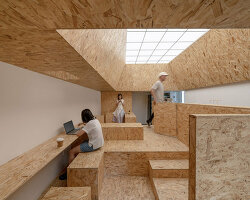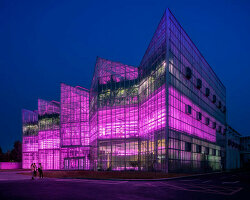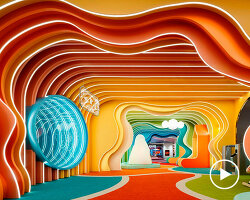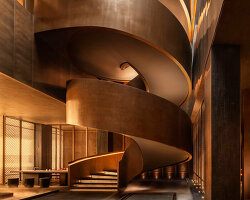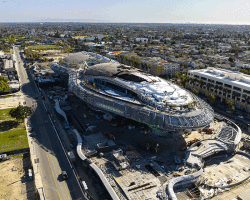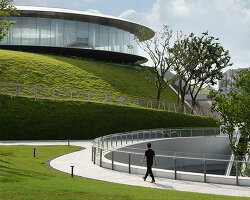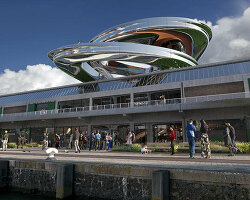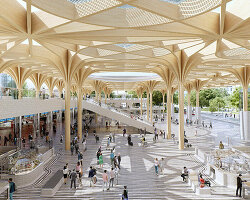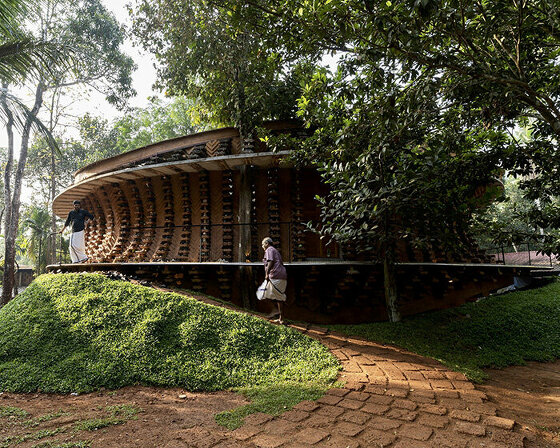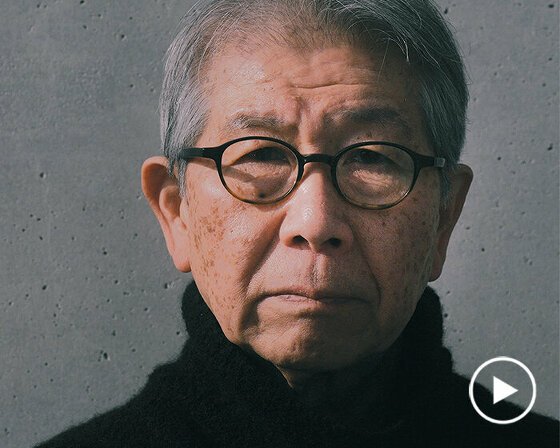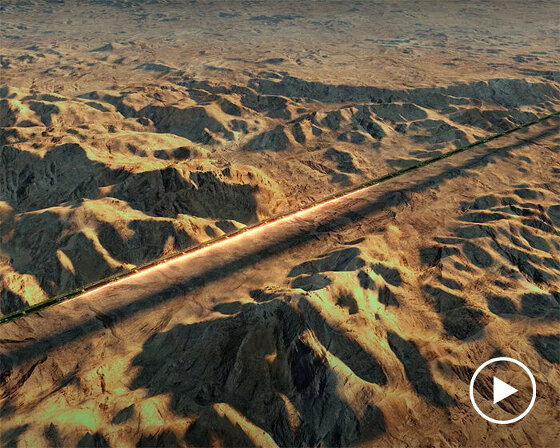MAD architects, the firm led by ma yansong, has unveiled its design for a railway station in jiaxing dubbed ‘the train station in the forest’. the project is situated at the center of jiaxing, a city in southeast china that is close to shanghai, hangzhou, and suzhou. referred to as the ‘home of silk’ and the ‘land of milk and honey’, jiaxing is a key city for several major industries. with construction getting underway at the end of 2019, the project is expected to be complete by july 2021.
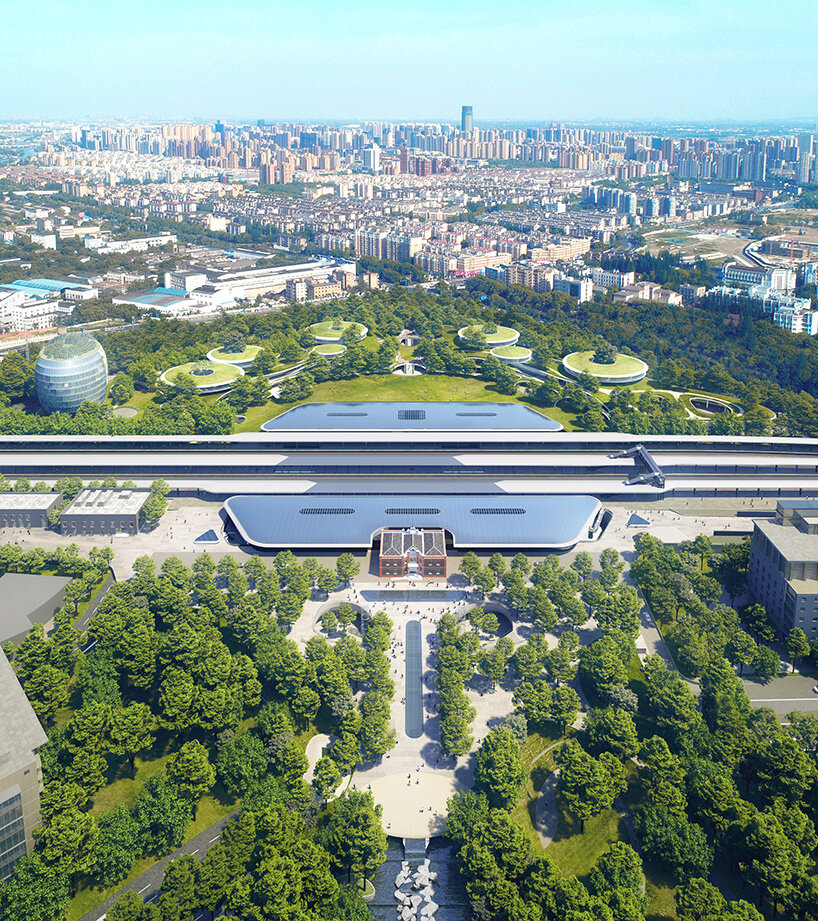
all images courtesy of MAD architects
the project brief covers a total area of 35.4 hectares, encompassing the train station, the plazas to the north and south, and the renovation of the adjacent people’s park. MAD explains that before the renovation, the existing station had reached its maximum capacity. in addition, the disorder of the surrounding transportation system and a deficient supporting infrastructure had led to a decline in the area surrounding the station.
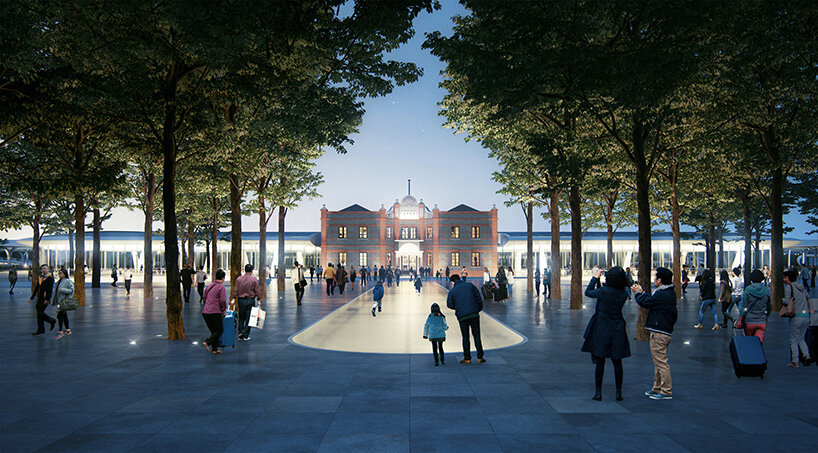
drawing inspiration from jiaxing’s historic and cultural contexts, MAD’s design includes a 1:1 scale re-building of the historic station derived from archival studies, while creating a new train station underground. the new station will be bright, efficient, and human-scaled, with natural light used to create a welcoming and comfortable environment. the main transportation and commercial functions are to be located in the basement level, allowing the ground-floor to become a shared green space for jiaxing’s citizens as well as travelers.
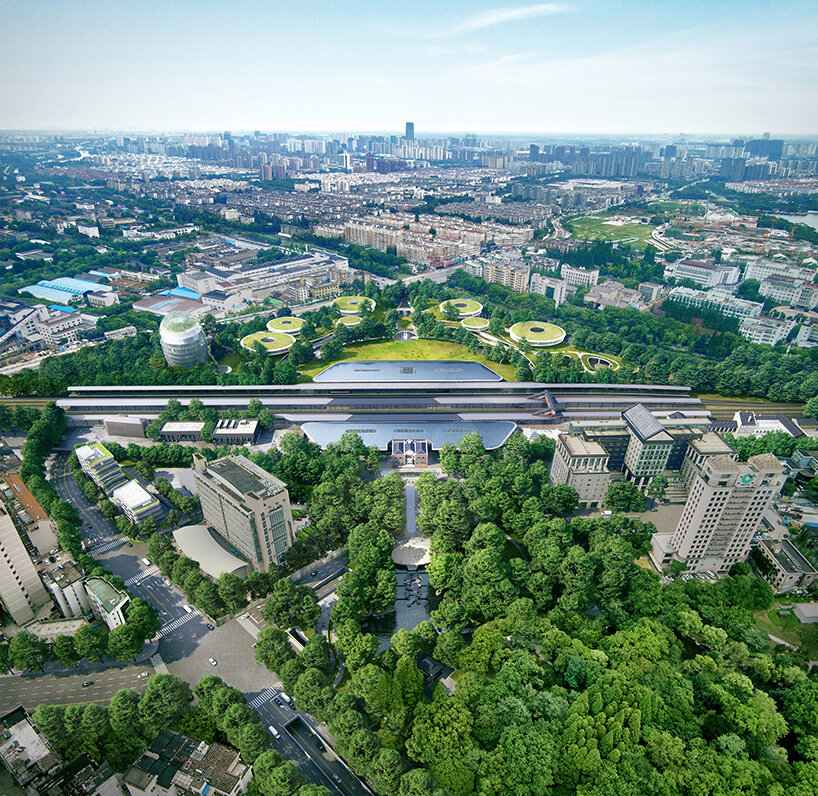
‘china’s train stations are competing to be bigger than one another,’ says ma yansong. ‘standing tall in the city like grand palaces, they are surrounded by large main roads, imposing viaducts, and often empty plazas. rather than this pursuit of grand, monumental architecture, is it possible for urban train stations to create their own beautiful environment, with comfortable scales, and a blend of transport and urban functions that are both efficient and humane? is it possible for train stations to be more than a stopover for travelers, but an urban public space that people can enjoy?’.
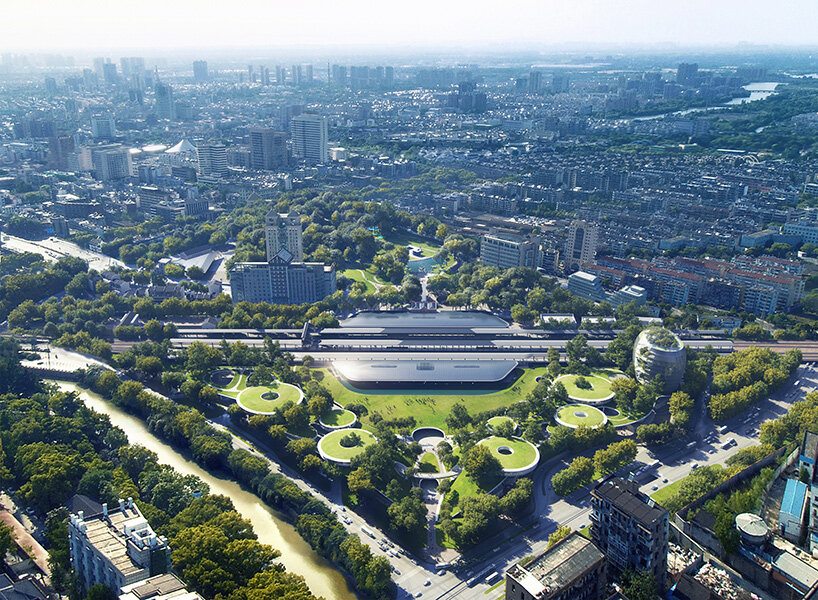
by positioning the busy transportation junction underground, the ground floor is freed of obtrusive infrastructure — allowing the park to radiate through the scheme into the city, forming an urban oasis. a careful consideration of landscape and massing results in an axis with the reconstructed station building at its center. in front of the station, a large collection of trees provides natural shade for the plaza. in contrast to the busy infrastructure beneath, the park will be a place of comfort and quiet, bringing the city center back to the people.
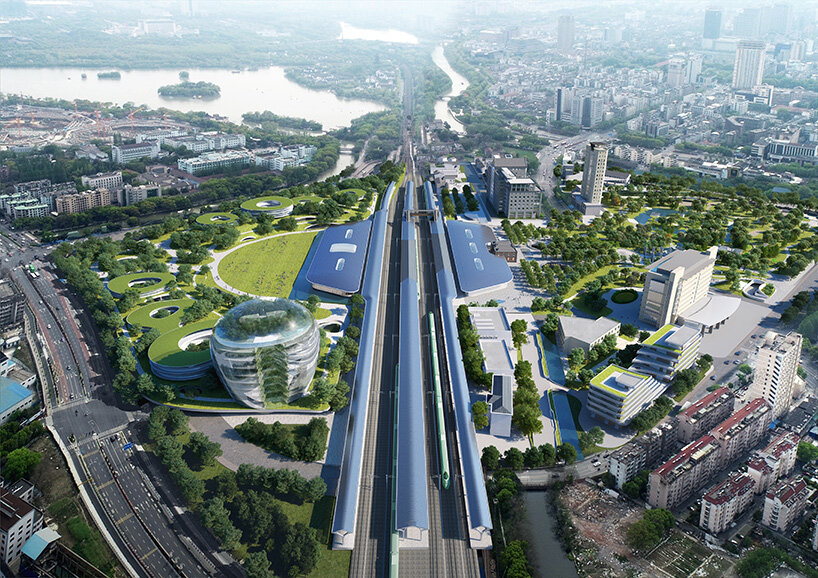
the original jiaxing train station was built in 1907, and opened in 1909 as an important junction for the shanghai-hangzhou railway line. in 1921, the train station received delegates bound for the first party congress of the CPC, but was later destroyed by war in 1937. in order to create a 1:1 reconstruction of the old station building, MAD engaged with scholars, consultants and experts in heritage architecture to recover data which might aid the project. the relationship and scale between canopies, bridges, platforms, and the building were calculated, allowing for a more accurate reconstruction of the historic station and its features. upon completion, the old building will become the jiaxing railway history museum.
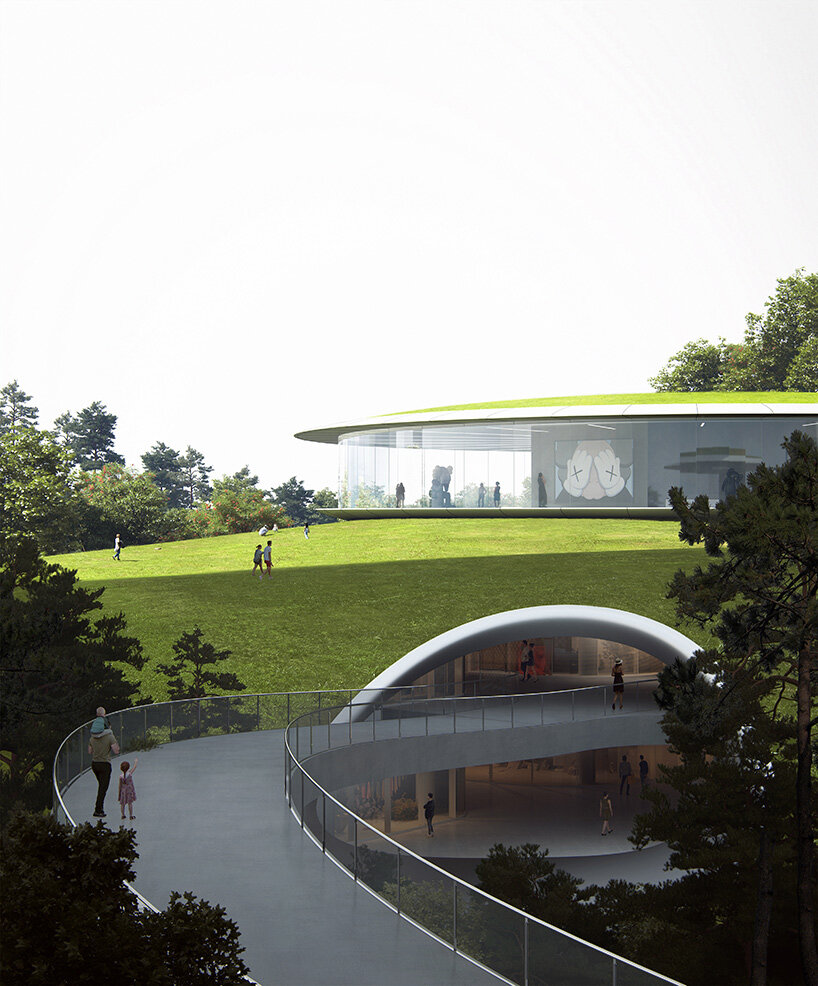
looking south along the central axis, the rebuilt station building and the ‘floating’ metal roof of the new station will blend with the forest trees. the station concourse, platforms, and waiting hall are all hidden underground, while the building’s single-story height respects the scale of the old station building. an abundance of natural light floods into the underground waiting hall through skylights and glass curtain walls on the ground floor, creating a subterranean space which is both open and bright.
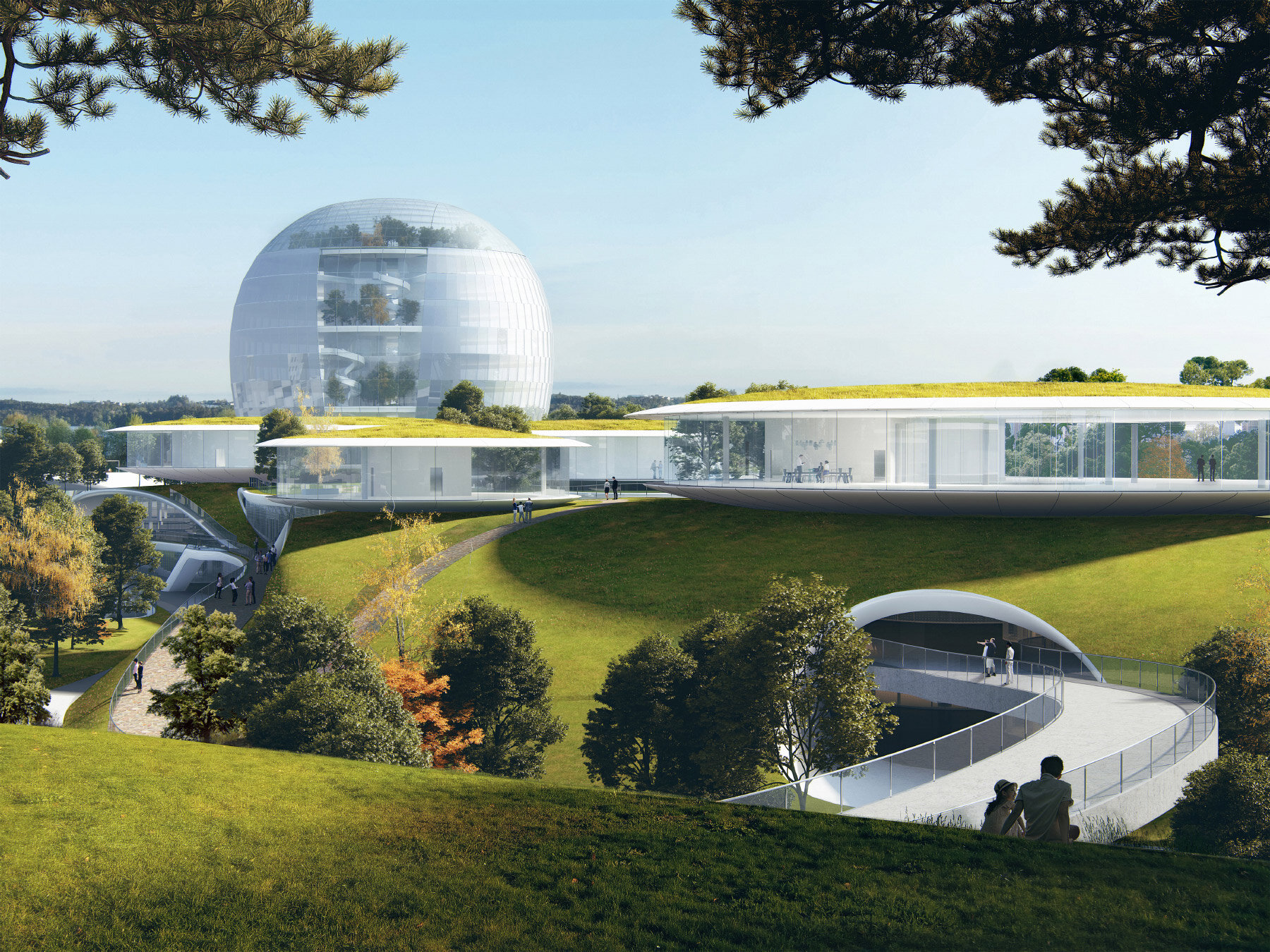
as people move from the waiting hall to the platforms via an underground tunnel, they observe the re-built old station building overhead. here, a moment is created where old meets new — a contrast between the past and the future. meanwhile, on the roof of the new station, photovoltaic panels enhance the project’s sustainability.
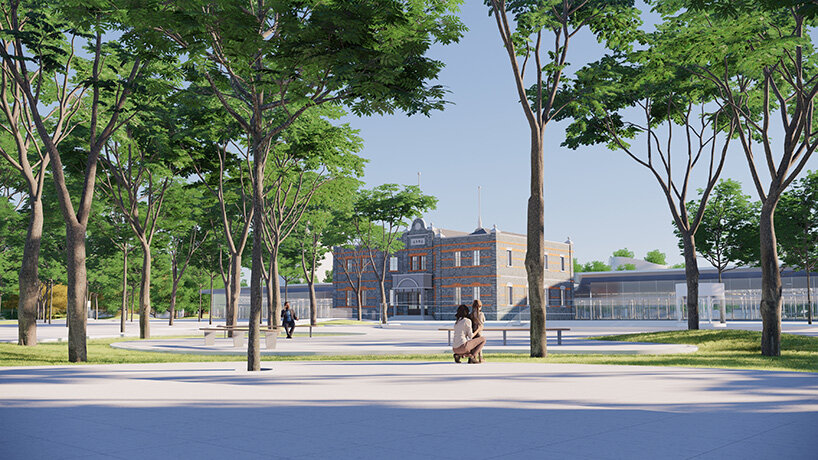
MAD’s scheme also places the station’s commercial functions underground, linking the train station with the city’s transportation hub. sunken courtyards connect the underground commercial space with the parkland above. to the south of the station, a new above-ground commercial area is created, enclosed by landscaped public lawns that can host a variety of events, festivals, concerts, or markets. beneath the urban oasis, a variety of functions and services are connected with each other. for instance, visitors at street level can efficiently enter and exit the transport hub, while others meander through the park, visit the railway museum, or explore the commercial area before embarking on their journey.
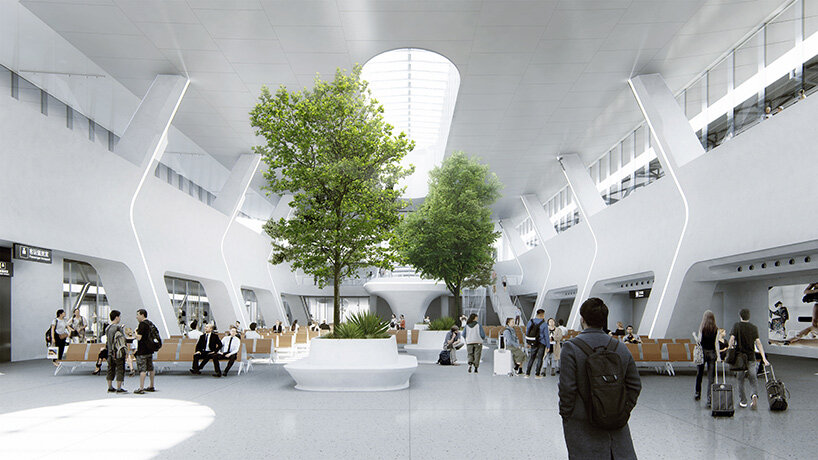
a series of transport options are linked throughout the underground system, directly connected to the sunken municipal roads. bus terminals, a tramway, metro, car parking, and taxi stands are all interconnected by the scheme. through careful transportation planning and vertical use of space, the project accommodates the existing passenger demands for the station, while also allowing for future development and expansion.
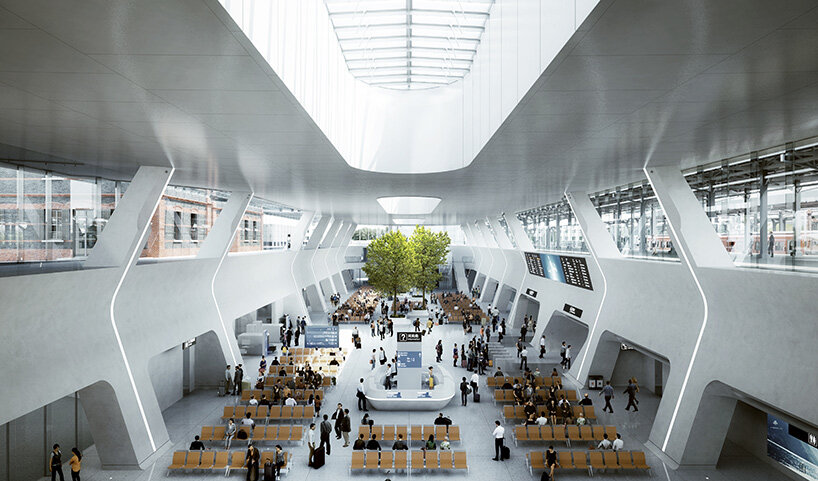
the scheme’s emphasis on connecting with its surroundings also seeks to increase the amount of visitors to the area, enhance its commercial offering, and rejuvenate the old city center. the capacity of the train station will be upgraded with the overall passenger capacity expected to reach 5.28 million people per year, with peak-time capacity reaching 2,300 people per hour. the project is expected to complete by july 2021.
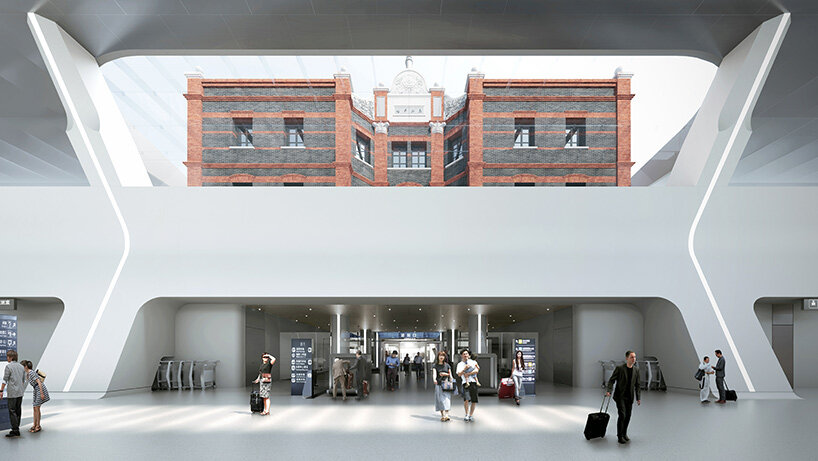
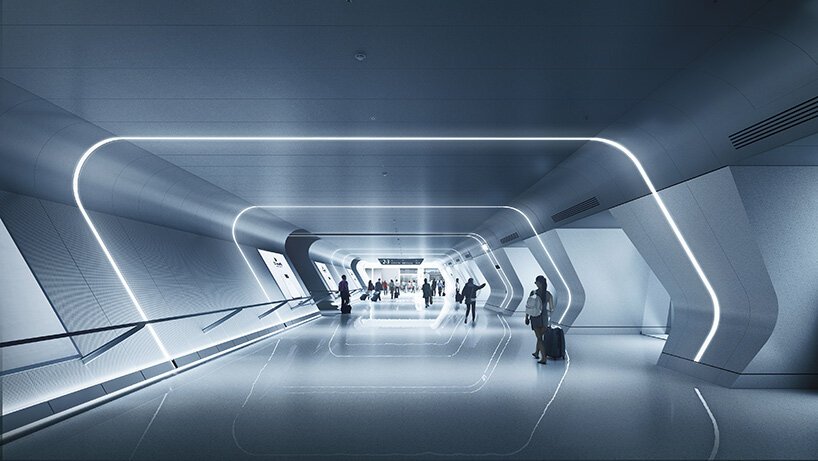
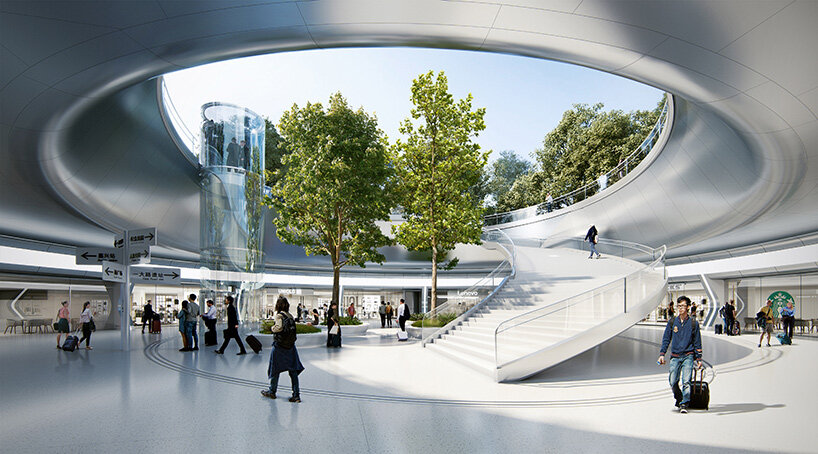
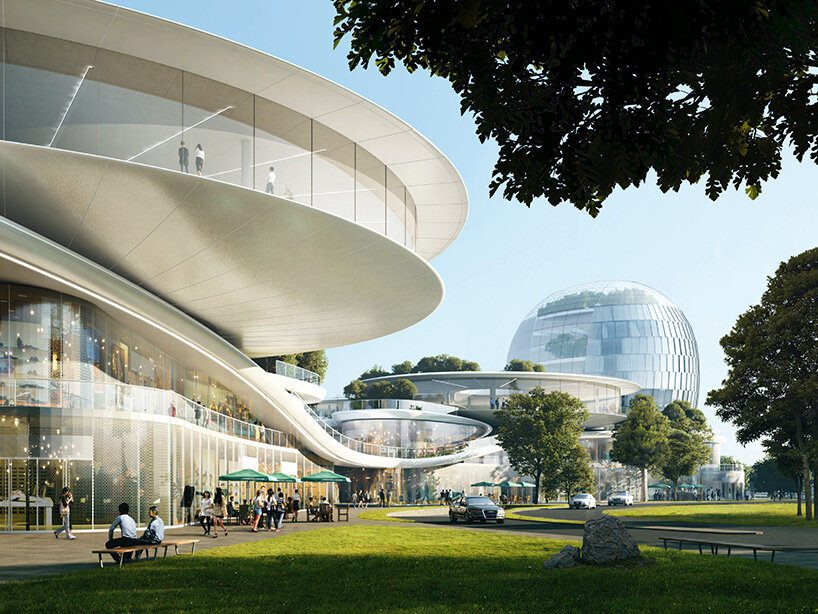
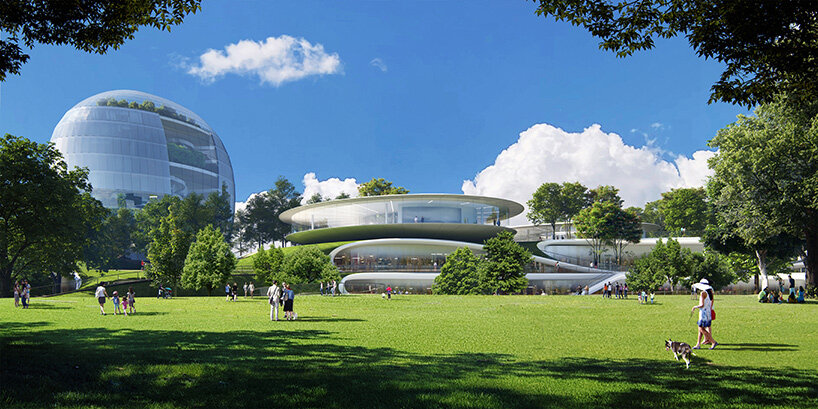


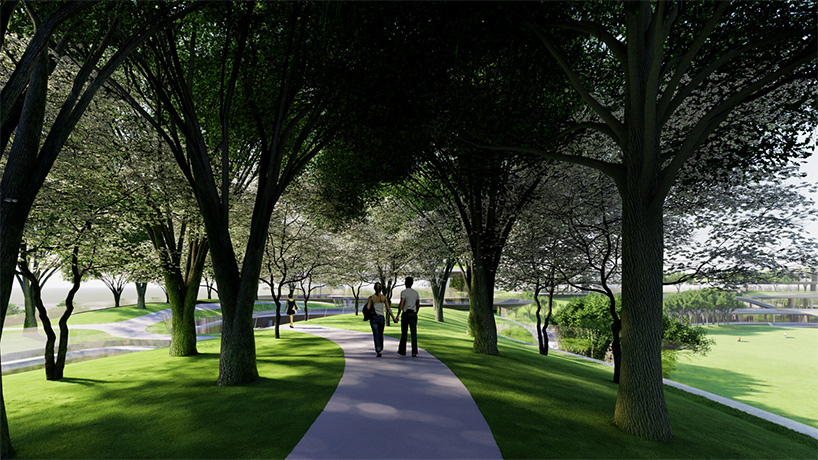
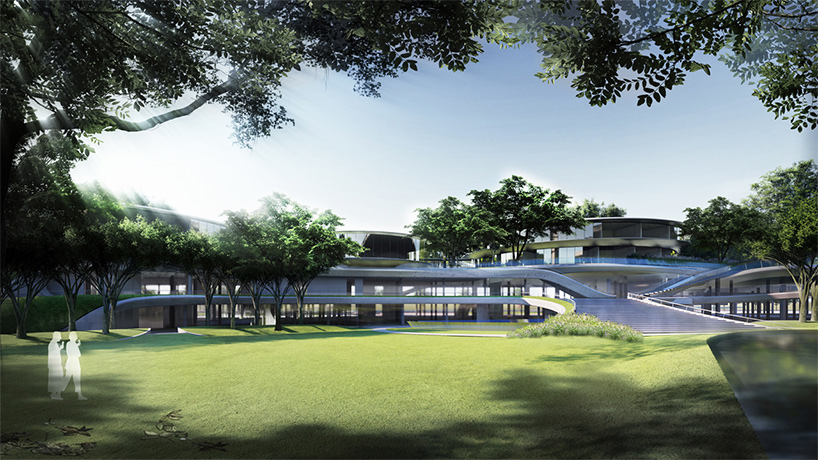
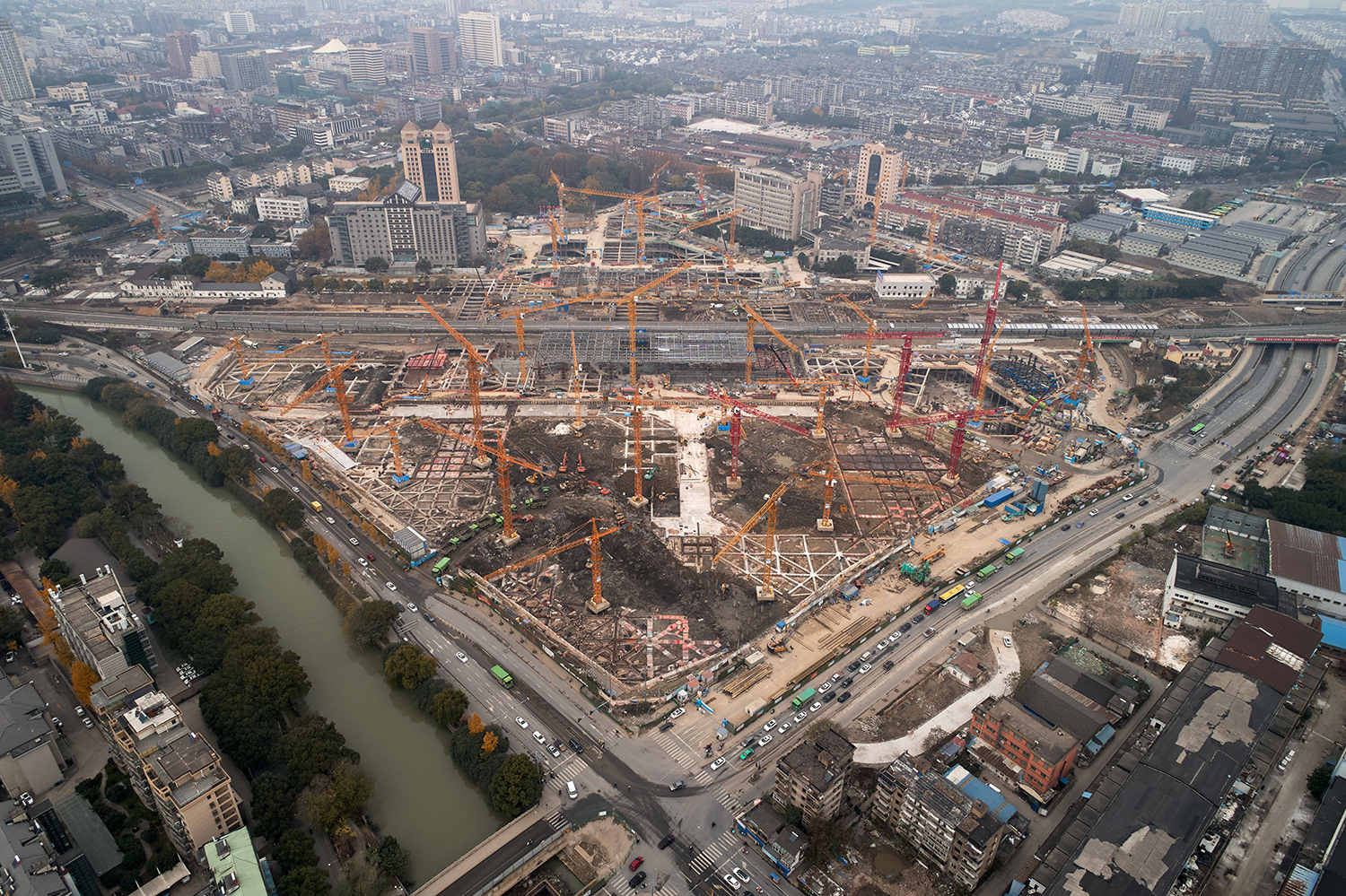
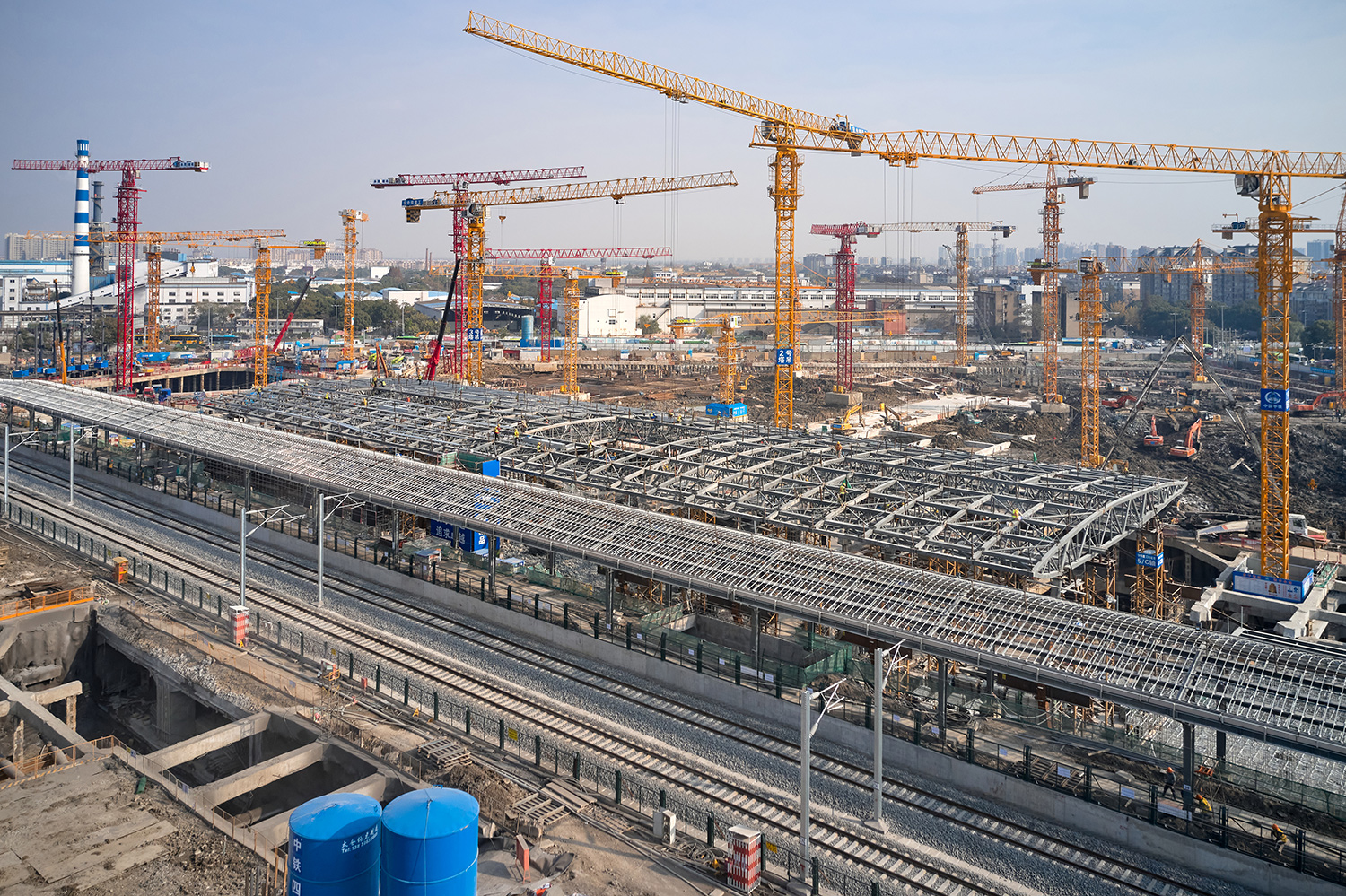
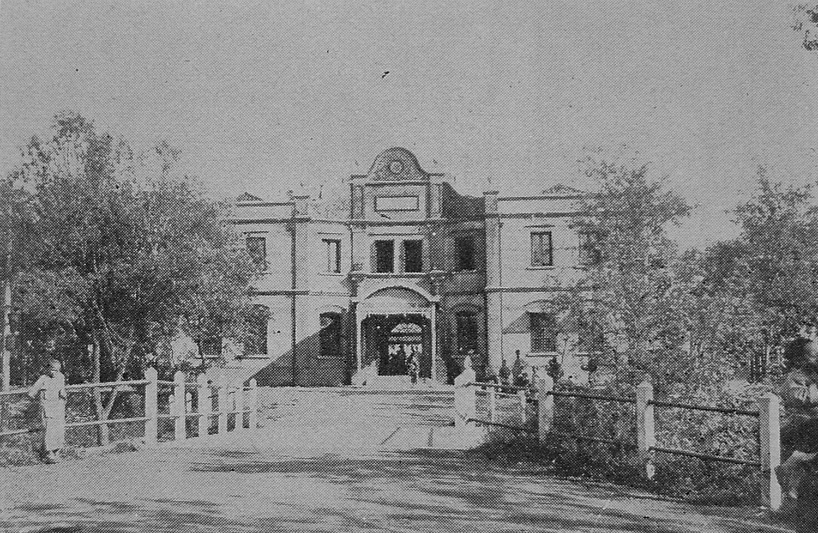
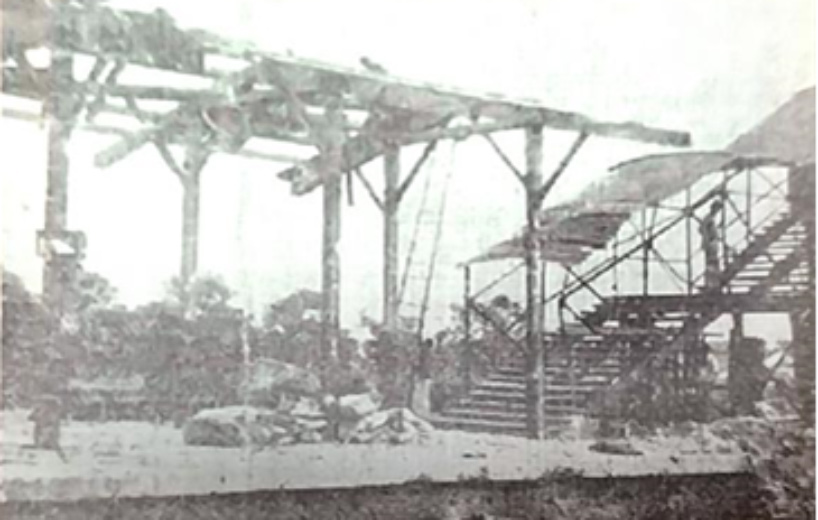
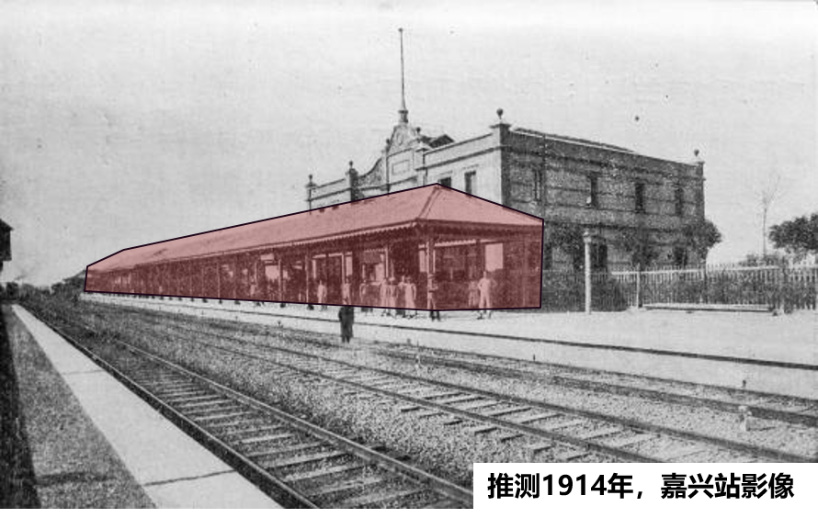
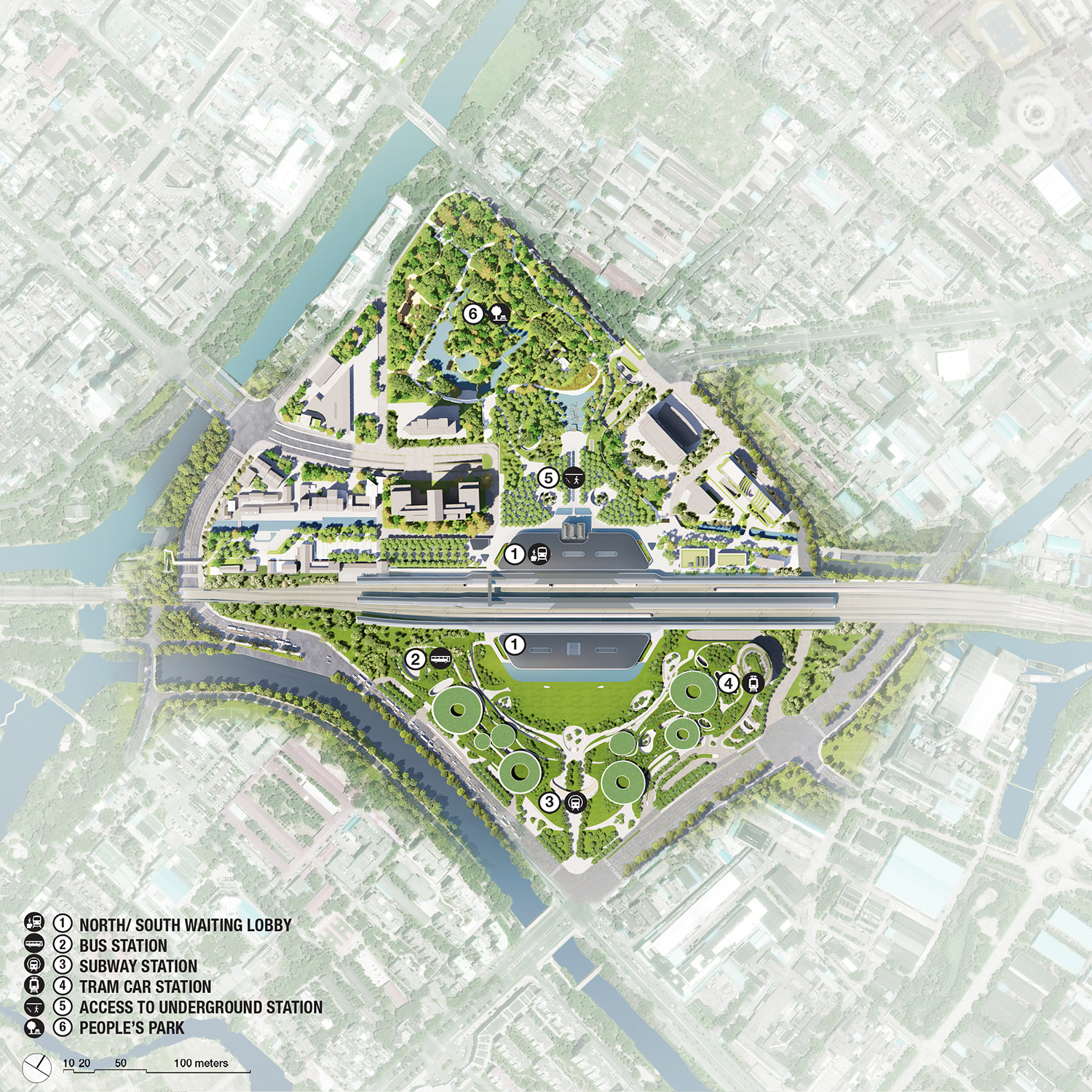
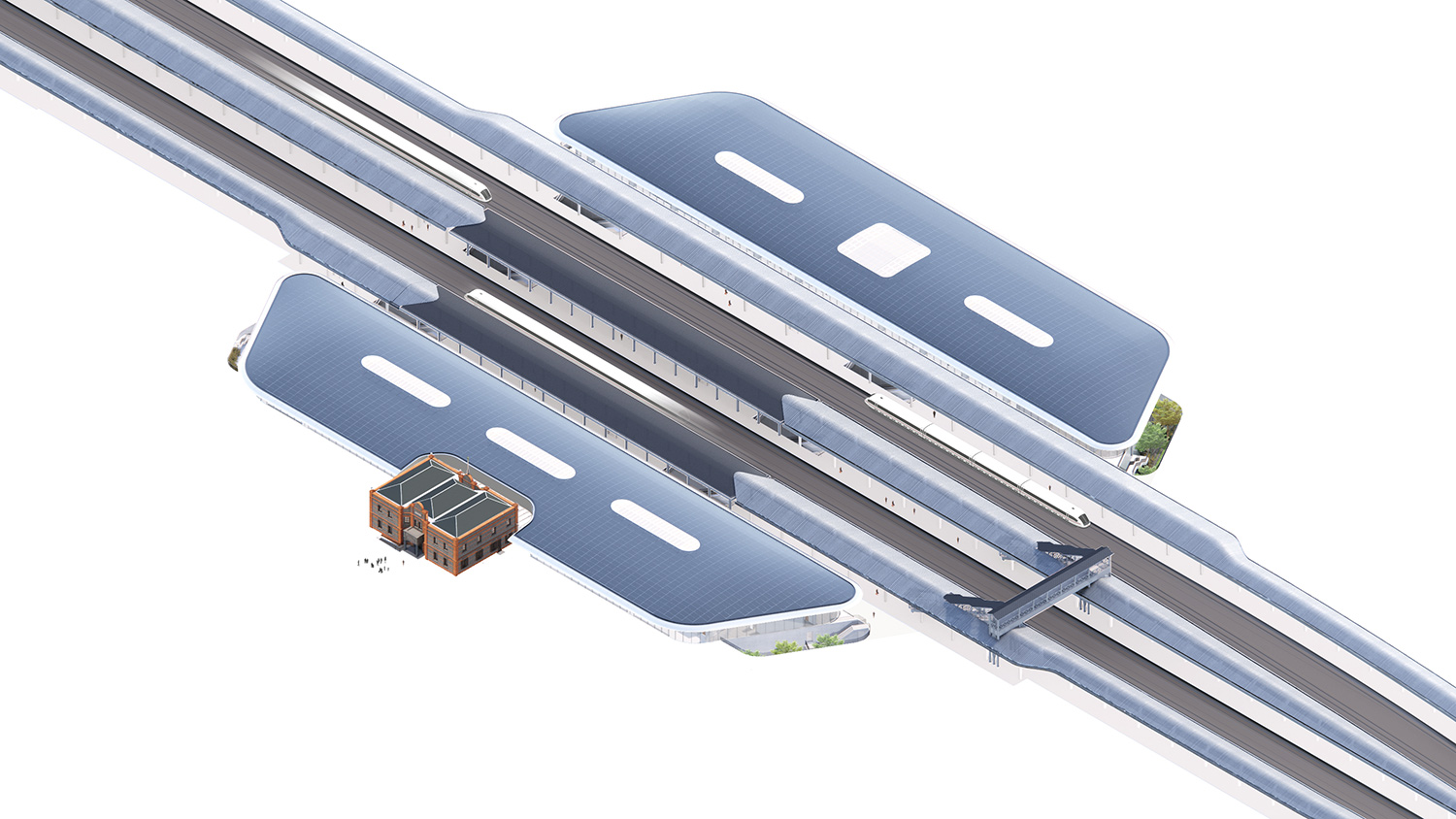
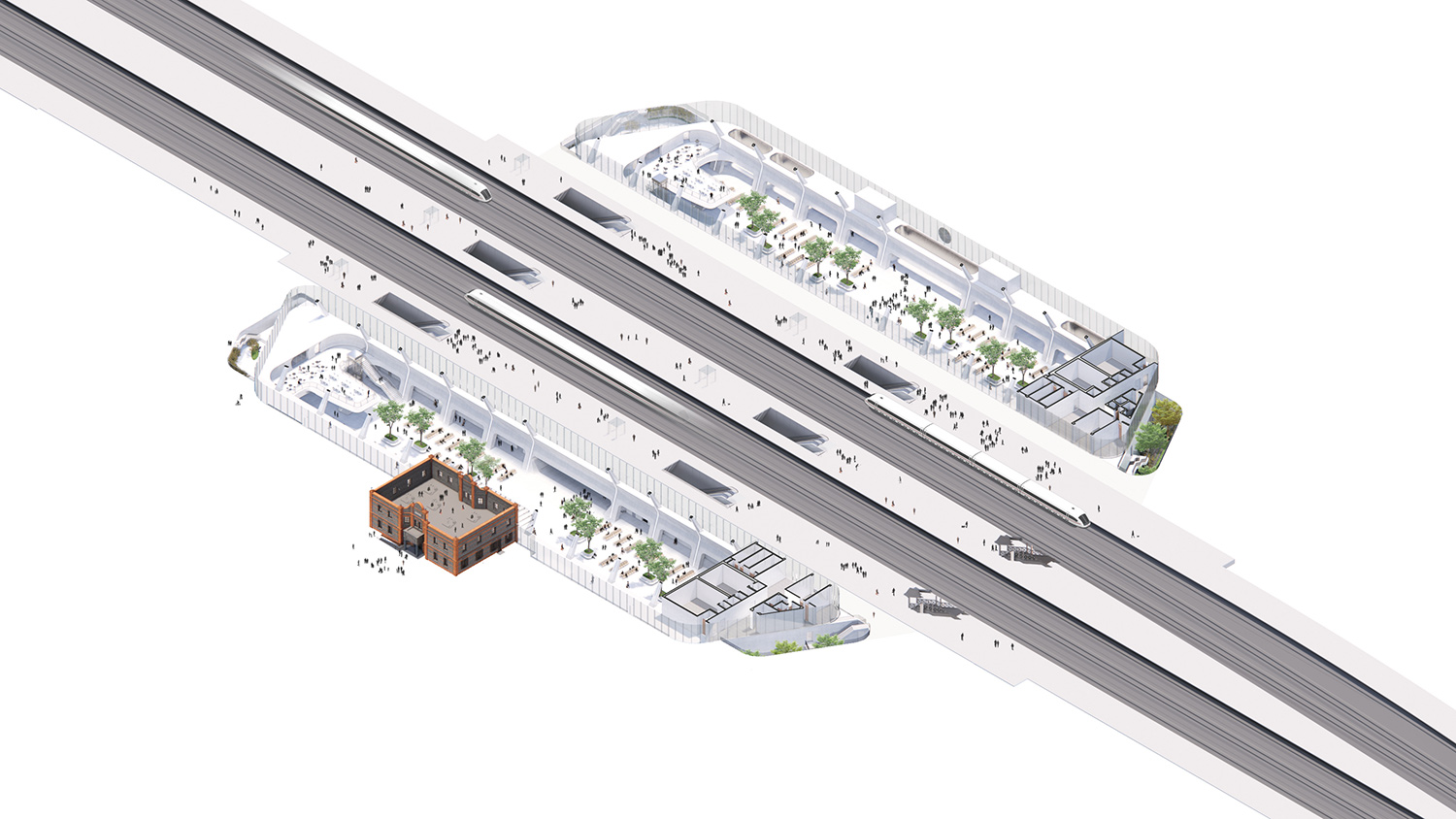
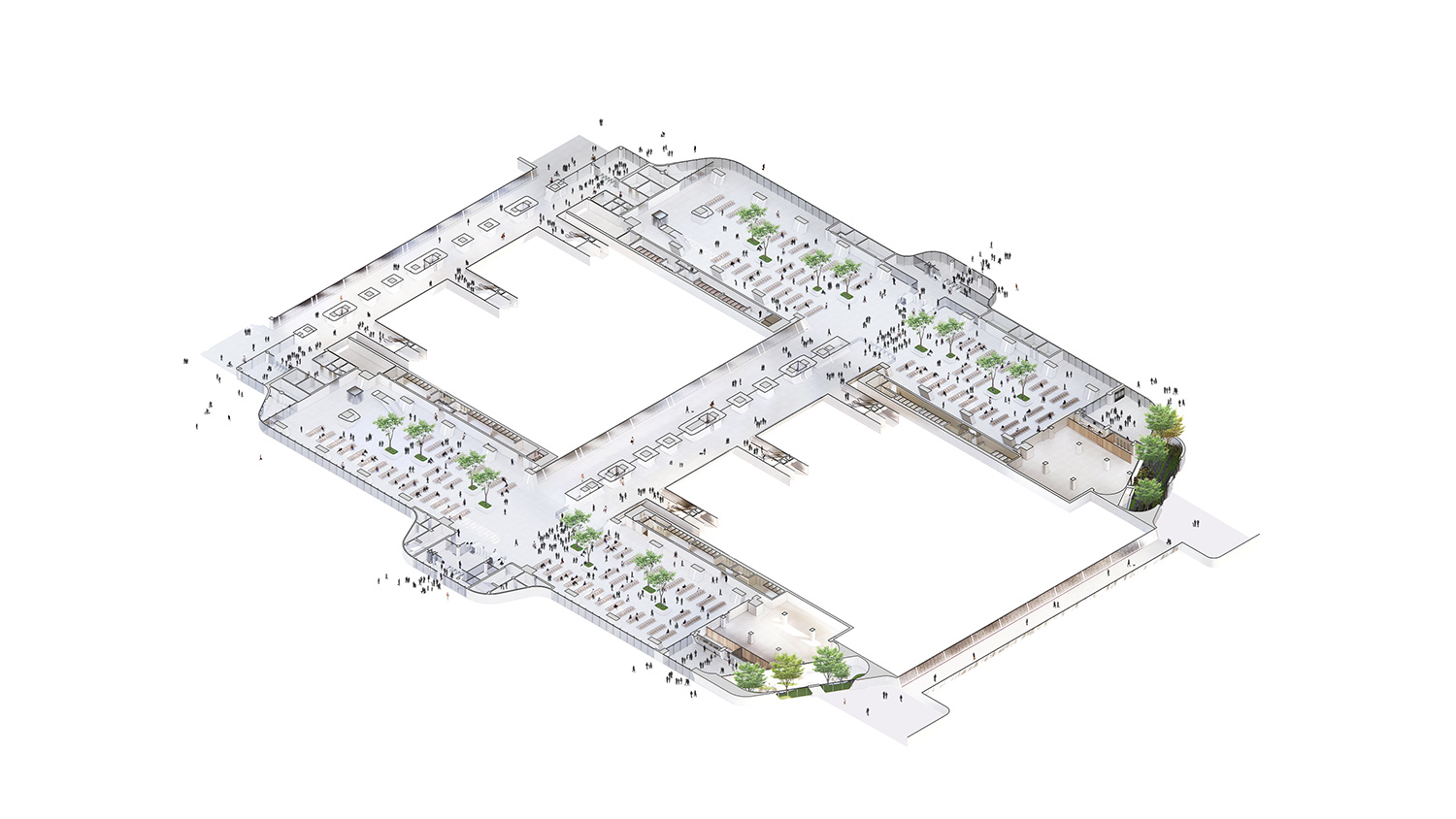
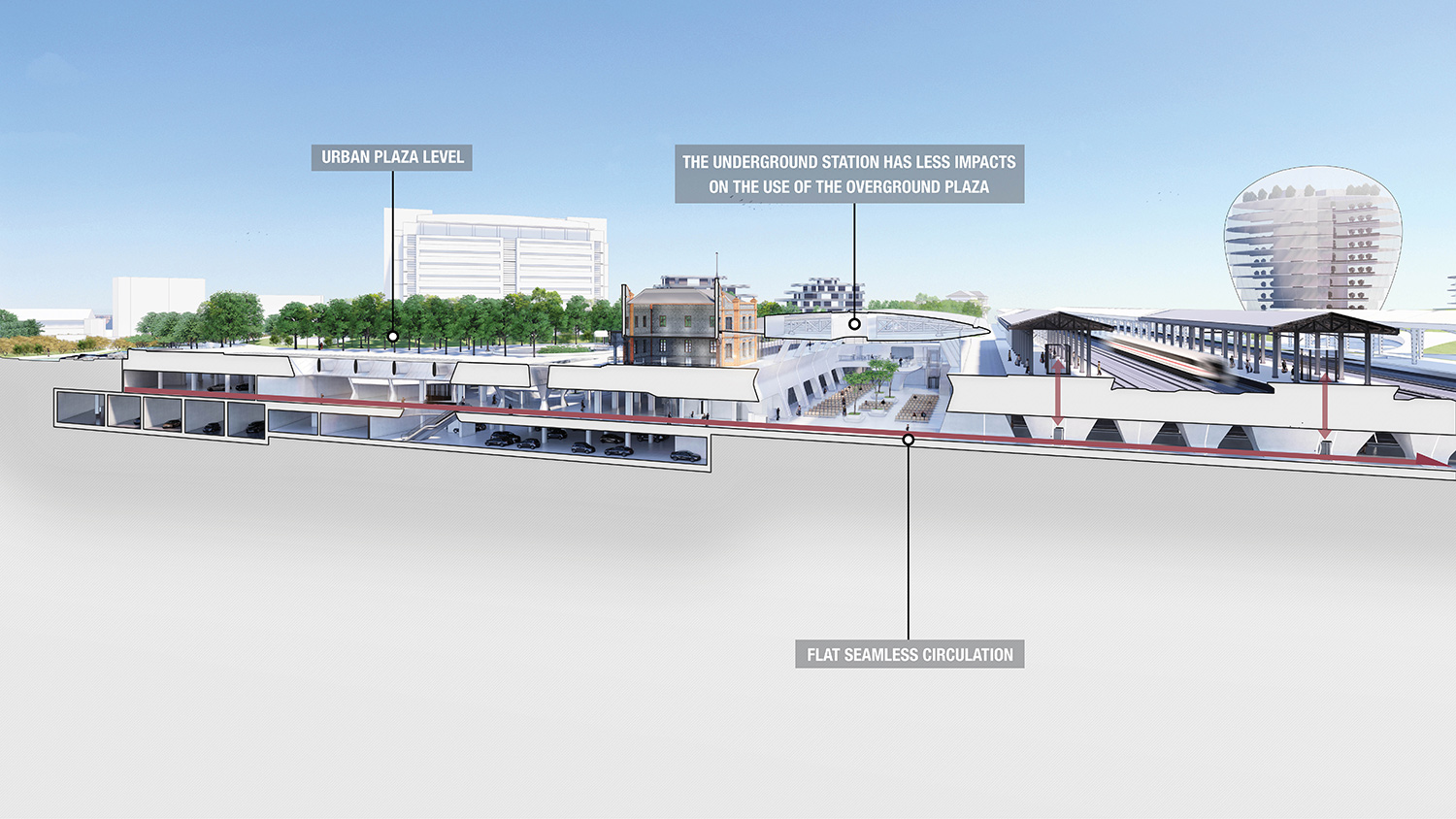
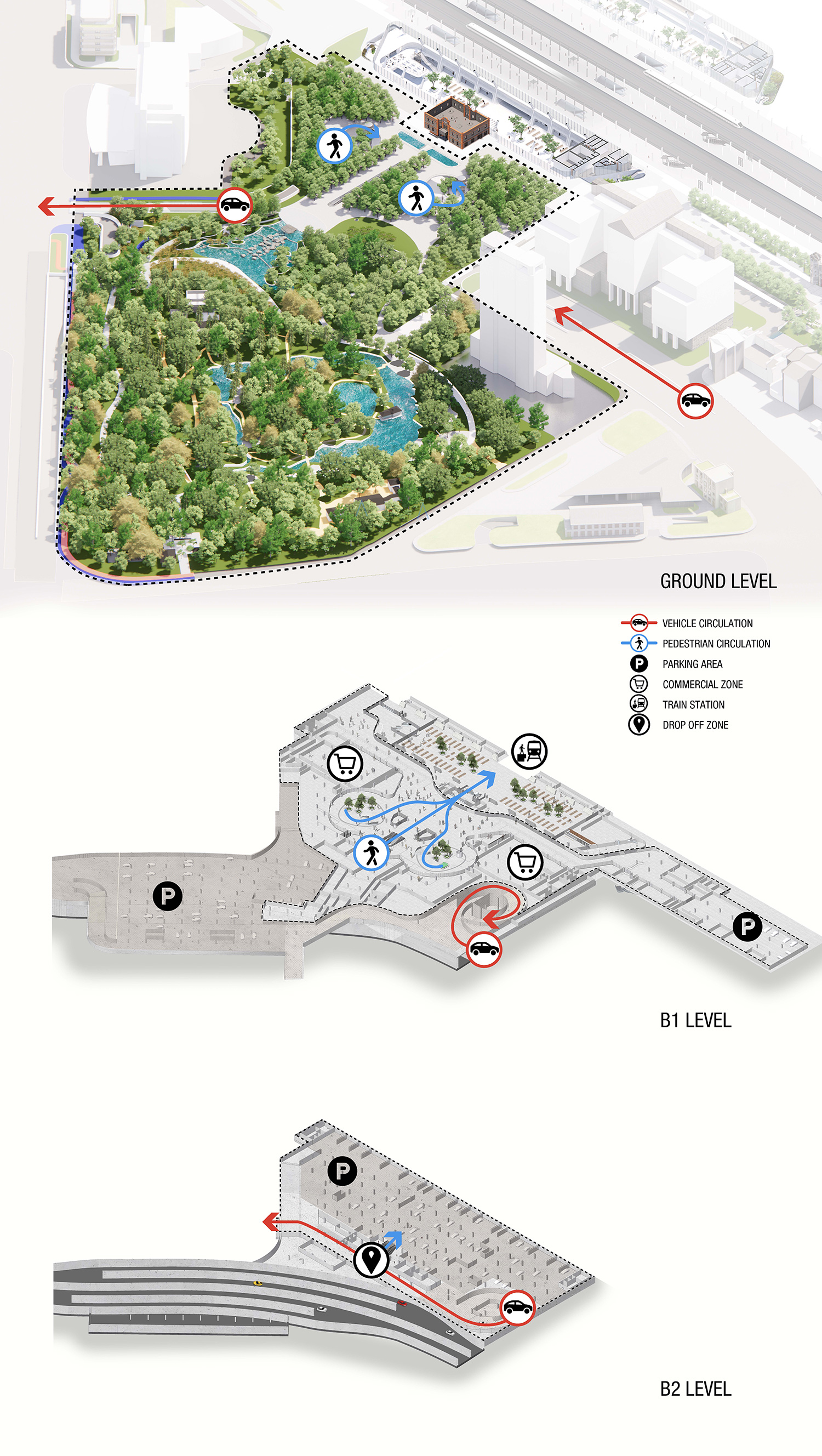
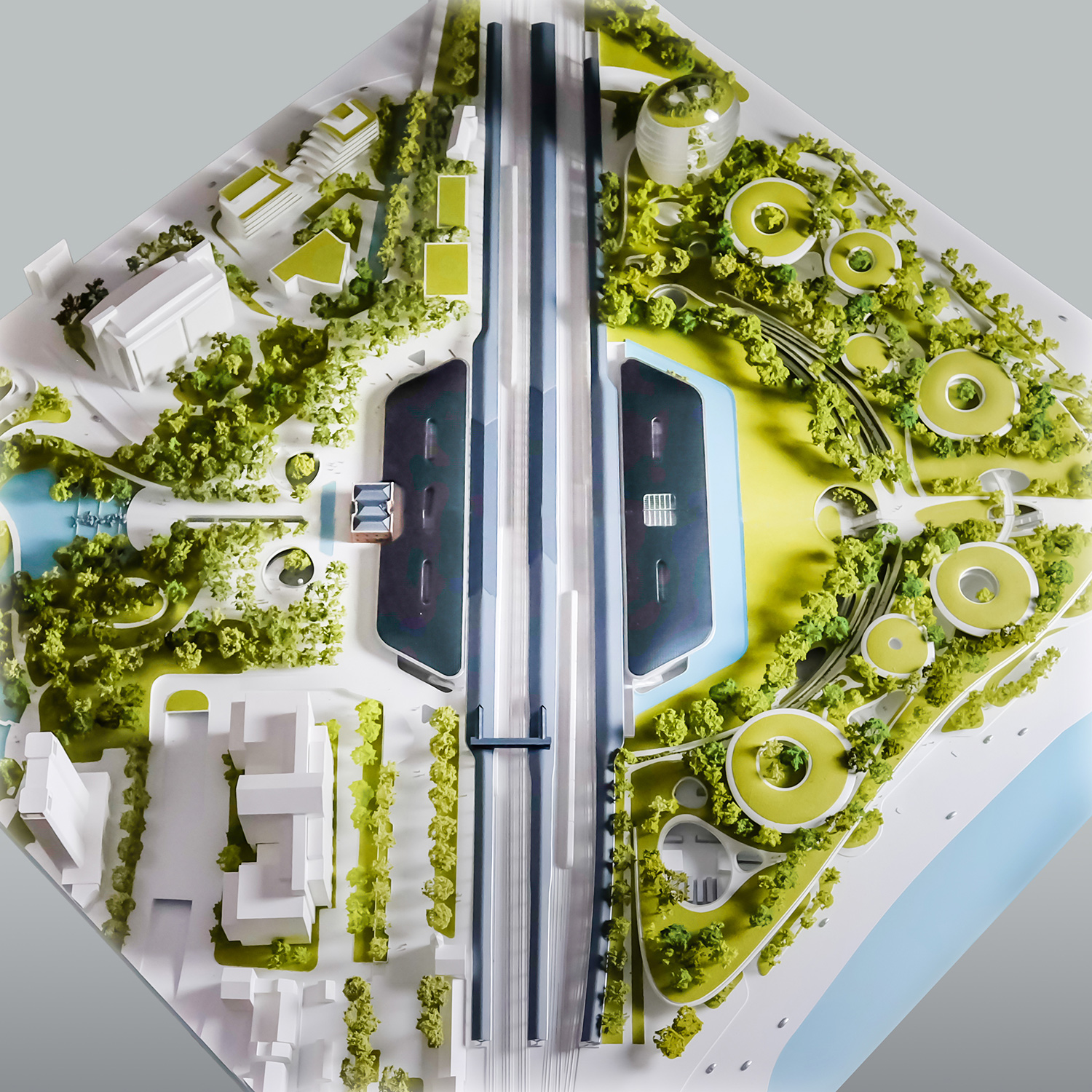
project info:
name: jiaxing train station
location: jiaxing, china
dates: 2021
typology: transportation infrastructure
site area: 354,000 sqm
building area: around 280,000 sqm — xuangongnong area: 14,161 sqm; yard and station building: 63,298 sqm; north plaza: 39,945 sqm; south plaza: 147,705 sqm; renovation of people’s park: 12,197 sqm
architect: MAD architects
principal partners in charge: ma yansong, dang qun, yosuke hayano
associate partners in charge: liu huiying
design team: cao chen, reinier simons, yao ran, fu xiaoyi, yu lin, chen wei, he shunpeng, cheng xiangju, kaushik raghuraman, chen nianhai, deng wei, cao xi, sun mingze, huang zhiyu, zhang kai, li zhengdong, dayie wu, huai wei, claudia hertrich, liu zifan, xie qilin, alan rodríguez carrillo, qiang siyang, hou jinghui, li xinyun, yin jianfeng, mathias juul frost, lei lei, lu zihao
client: jiaxing modernservice industry development & investment (group) co., ltd.
executive architects: tongji architectural design (group) co., ltd., china railway siyuan survey and design group co., ltd.
structural consultant: LERA consulting structural engineers
façade consultant: RFR shanghai
landscape consultant: z’scape landscape planning and design
lighting consultant: beijing sign lighting industry group
signage consultant: NDC CHINA, inc.
heritage consultant: shanghai shuishi architectural design & planning corp.,ltd
interior design consultant: shanghai xian dai architectural decoration & landscape design research institute co., ltd.
ARCHITECTURE IN CHINA (1739)
MAD ARCHITECTS (148)
PUBLIC TRANSPORTATION (131)
PRODUCT LIBRARY
a diverse digital database that acts as a valuable guide in gaining insight and information about a product directly from the manufacturer, and serves as a rich reference point in developing a project or scheme.
